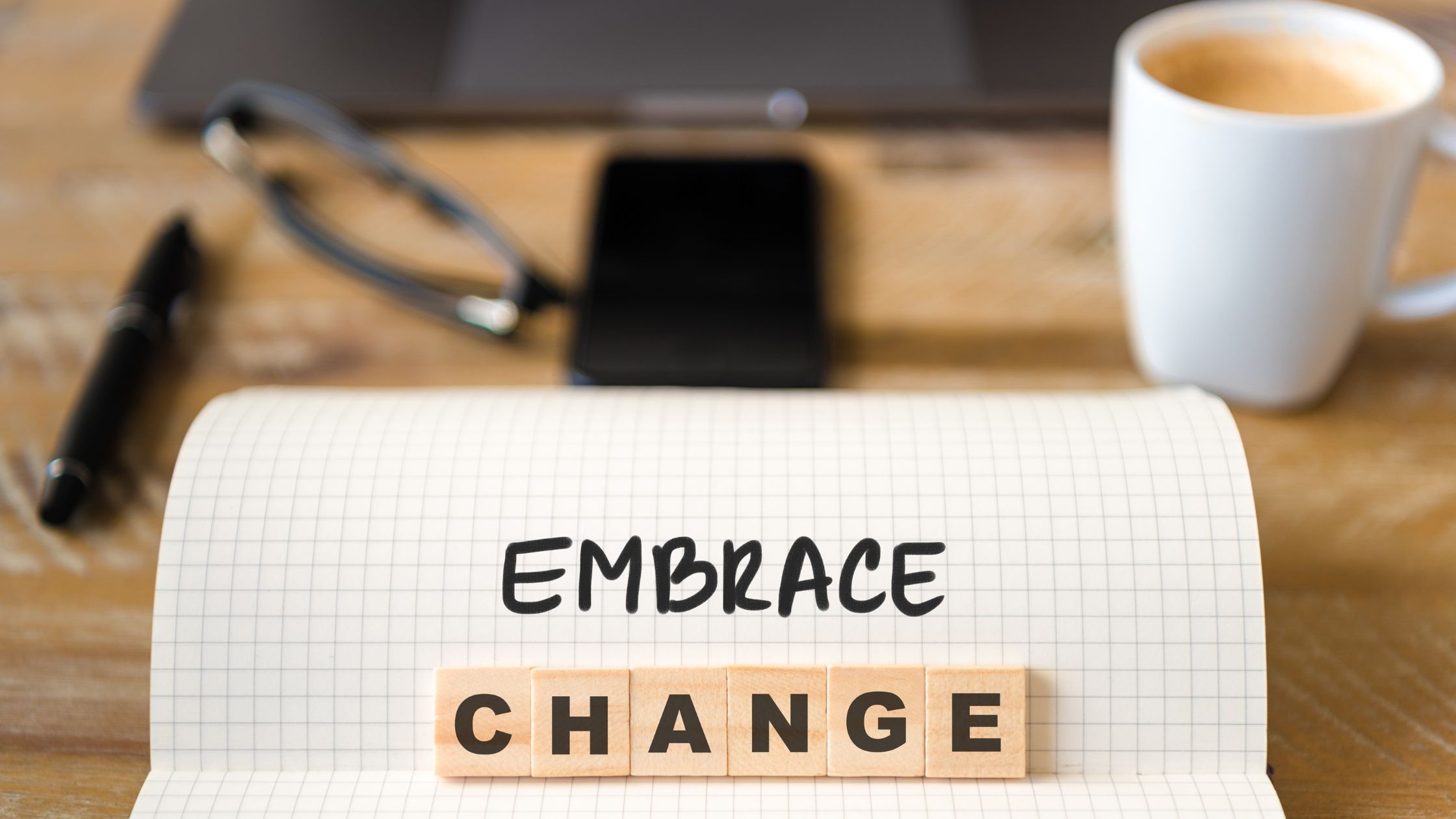We live in a VUCA (volatile, uncertain, complex, ambiguous) world. Never in history have we experienced so many crises at once – from wars to rising sea levels and forest fires to so much mistrust in government and the media – nor have we ever had five generations in the workforce at once. How do organizations trying to do the right thing create meaningful results in such complicated times? I recently attended “Organizations Don’t Change, People Do,” a Junior League of Boston virtual leadership training presented by Professor Wendy M. Purcell PhD, FRSA. Dr. Purcell contended that the first step to generating results is to create change within your organization. Change is necessary for progress, but it can be scary, especially for organizations with longevity. According to Purcell, including constituents, staff, and all stakeholders in the organization’s evolution will help you achieve the desired success.
Honor your organization’s heritage.
Present alterations as an evolution. Don’t say what you are doing isn’t working, thus things need to change. Rather, honor the organization’s heritage by reiterating its purpose and values and explain how the changes are the natural next steps in the organization’s progression toward achieving its mission. This type of messaging is less alarming to folks who may be resistant to breaking tradition and it creates an awareness about why a shift is best for the greater good of the organization and those it serves.
Mary Kay Ash, founder of Mary Kay cosmetics, is a great example of a leader who honored her company’s heritage as it evolved. Since its founding in 1963, Mary Kay evolved from a beauty product supplier to one of the first companies to integrate a corporate recycling program and ban product testing on animals. While operations, marketing and production changed over the decades as result, the founding principle or heritage of Mary Kay – a company founded by women for women – remains today. As a result, the company and its founder have won numerous awards and the brand remains a top choice for consumers.
Don’t get stuck in multi-year planning cycles. Focus on the now.
Resist the urge to create five-to-ten-year plans. Instead, focus on fulfilling the current needs of your community. Our attention spans are shorter as we are all under cognitive overload. Setting short-term and sustainable goals with tangible and measurable outcomes is key. Not only will you see results faster, but constituents can celebrate little wins in real time as the organization works toward its larger purpose.
Acknowledge the loss.
Don’t focus on all the positives that changes will bring without acknowledging how change of any kind is hard. There is always a loss of what was, and a transition period before things start to normalize, and another working period before the desired results evolve. Rather than just telling stakeholders the changes that are happening, include them in the process. Let them take ownership of the changes to fit their individual roles, interests, and skill sets. Think about how their contributions will help shape outcomes and provide them with the training and resources needed to do so. Show people how they matter.
Recognize the human in all constituents.
When striving to move forward, we can often forget how current events outside of the organization impact individual employees and those served, as well as their households and extended families. With greater awareness of mental health and mental well-being, organizations should reflect on how changes may impact internal and external stakeholders.
In April 2021, when we were still in the thick of the pandemic and America’s racial and social justice awakening, Bumble gave its employees a fully paid week off, no questions asked and no direction given. Leadership acknowledged how current events were impacting staff outside of their jobs and the importance of self-care to thrive in the office and gave them time to heal.
Walk your talk. Model desired change.
One of the best ways to create buy-in is to model the desired shifts you want to see. Don’t go in with a savior complex touting how the organization is here to help. Rather, roll up your sleeves and do the work to create the desired changes alongside your community members. This may alleviate pushback and build bridges between constituents while creating moments of certainty with new traditions so folks gain a sense of belonging.
Teak Media has helped many clients undergo transformations of their own, from name and leadership changes to mergers and full rebrands. If your organization is at a similar crossroads, give us a call. We are here to help!


